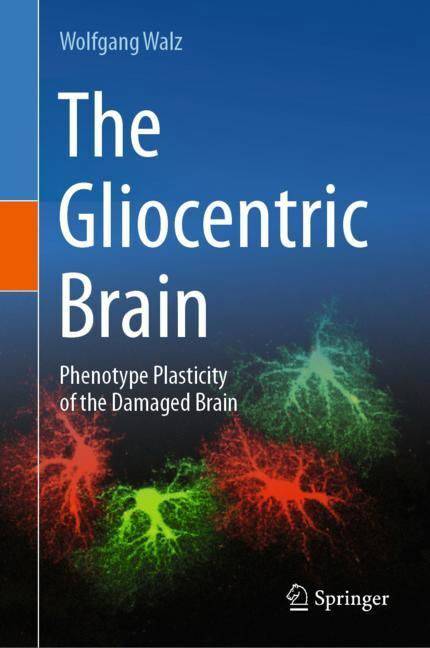
Door een staking bij bpost kan je online bestelling op dit moment iets langer onderweg zijn dan voorzien. Dringend iets nodig? Onze winkels ontvangen jou met open armen!
- Afhalen na 1 uur in een winkel met voorraad
- Gratis thuislevering in België vanaf € 30
- Ruim aanbod met 7 miljoen producten
Door een staking bij bpost kan je online bestelling op dit moment iets langer onderweg zijn dan voorzien. Dringend iets nodig? Onze winkels ontvangen jou met open armen!
- Afhalen na 1 uur in een winkel met voorraad
- Gratis thuislevering in België vanaf € 30
- Ruim aanbod met 7 miljoen producten
Zoeken
€ 147,95
+ 295 punten
Uitvoering
Omschrijving
The brain is the body's most vulnerable organ due to the defined roles of neurons within circuits. Neurons are vastly outnumbered by microglia, astrocytes, oligodendrocytes, macrophages, cells of the blood brain barrier and invading immune cells. These cells display different grades of reactivities and interactions. They integrate their responses and not only change phenotypes but can also completely reprogram after damage to protect the neuronal complexity. The interactions of these satellite cells in the healthy brain are described as well as their roles in all major brain diseases. Special emphasis is put on immune system - brain interactions and regenerative and repair processes. The gliotic response is compared with the reactions to injuries of the skin and other organs. A final chapter addresses the definition of a cell type. It concludes that cell types can no longer be regarded as defined entities over the body's lifetime but are prone to phenotype plasticity and even completereprograming.
Specificaties
Betrokkenen
- Auteur(s):
- Uitgeverij:
Inhoud
- Aantal bladzijden:
- 249
- Taal:
- Engels
Eigenschappen
- Productcode (EAN):
- 9783031481048
- Verschijningsdatum:
- 25/01/2024
- Uitvoering:
- Hardcover
- Formaat:
- Genaaid
- Afmetingen:
- 156 mm x 234 mm
- Gewicht:
- 539 g

Alleen bij Standaard Boekhandel
+ 295 punten op je klantenkaart van Standaard Boekhandel
Beoordelingen
We publiceren alleen reviews die voldoen aan de voorwaarden voor reviews. Bekijk onze voorwaarden voor reviews.











